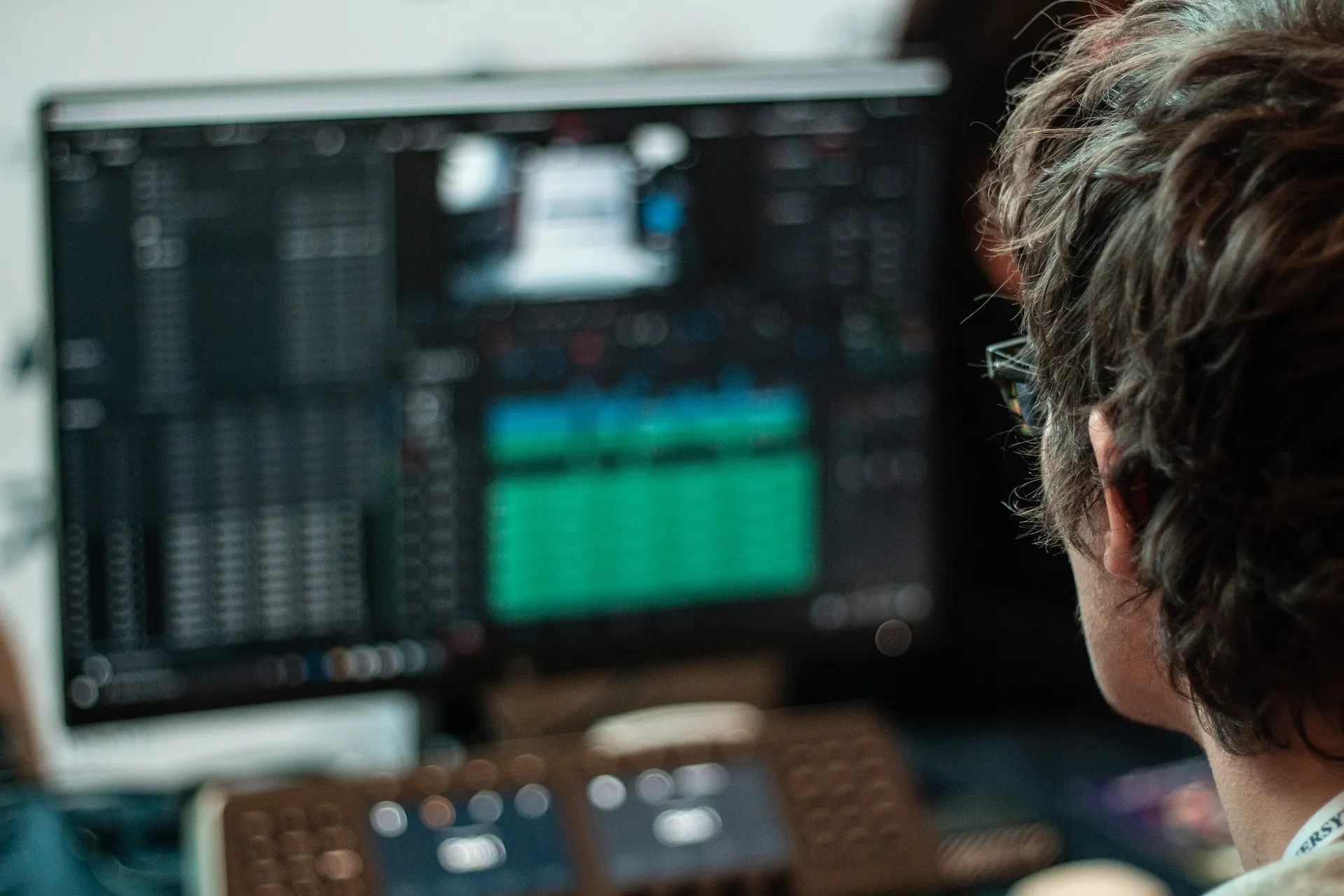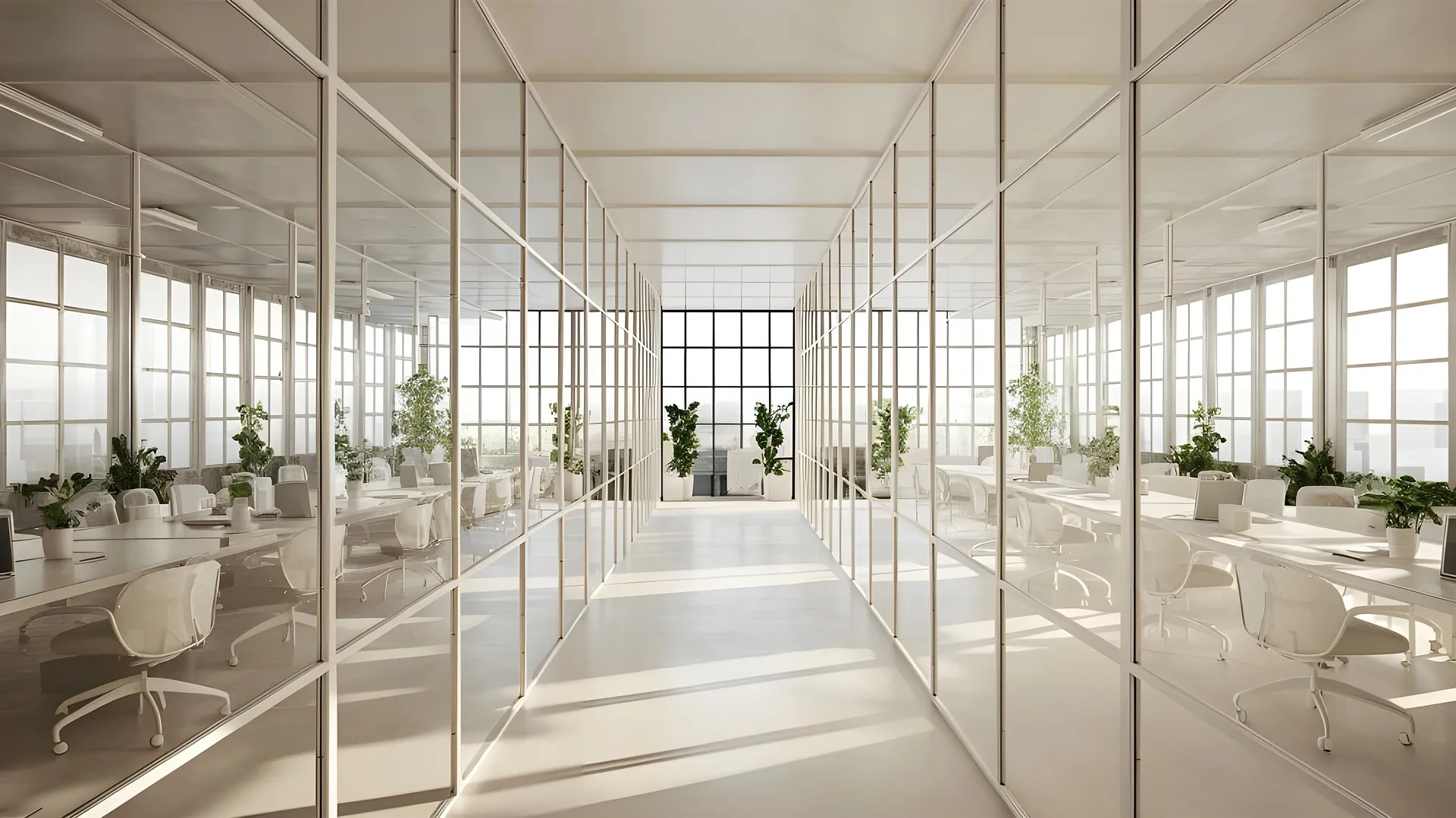Over the last few years, remote work has become a mainstream working model. While it offers flexibility and independence, many workers and businesses are beginning to recognize its hidden drawbacks. Productivity lags, mental health struggles, isolation, and communication challenges are reshaping how companies view the long-term sustainability of fully remote work.
Although remote work allows employees to avoid the daily commute, it creates risks—ranging from weakened team collaboration to the inability to maintain clear work-life boundaries. The traditional office environment, with its structure, direct communication, and social benefits, continues to be a vital solution for many industries.
The Risks of Remote Work: Why Working from Home Can Backfire
1. Communication Breakdowns
Remote work relies on digital communication tools, but these often lead to misunderstandings and gaps in collaboration. Without face-to-face interaction:
- Miscommunication can derail projects.
- Employees may struggle with unclear instructions or priorities.
- The lack of informal, spontaneous conversations reduces team cohesion and trust-building.
2. Isolation & Loneliness
Working from home can lead to feelings of isolation, especially for employees who thrive on social interaction. Social isolation can harm mental health and motivation by:
- Reducing access to support networks.
- Increasing stress and feelings of detachment.
- Decreasing a sense of belonging and purpose in the workplace.
3. Productivity Challenges
While some employees report improved productivity in remote settings, others struggle with the blurred lines between personal life and work life. Without the structured boundaries of a physical office, distractions such as household chores, caregiving, or a lack of structure can lead to productivity losses.
Additionally:
- Workers may find it harder to stay accountable without direct supervision.
- The absence of a physical workspace can lead to procrastination or task avoidance.
In contrast, the traditional office offers clear expectations, structured routines, and environments designed for focused, collaborative work.
4. Burnout from “Always On” Culture
Remote work often creates a culture where employees feel they must always be available—resulting in burnout. The lack of physical separation between home and work makes it difficult for many employees to “log off” at the end of the day.
Employees in remote roles report working longer hours, with many struggling to disconnect from work entirely, leading to chronic stress and exhaustion.
5. Missed Opportunities for Team Building & Mentorship
Team building, leadership, and mentoring rely on face-to-face interactions. Remote work limits these opportunities, which can impact:
- Employee learning and development.
- Leadership skill-building.
- The ability to establish trust, relationships, and collaboration.
Companies depend on shared experiences and human interaction to create workplace bonds, establish company culture, and maintain morale. These elements are often lost or weakened in remote settings.
The Hybrid Work Model: A Balanced Future
Many companies are now exploring hybrid work models to balance the advantages of traditional offices and remote work. Hybrid models can reduce isolation, maintain company culture, and optimize productivity by offering employees flexibility while preserving the social and collaborative benefits of in-person work.
How Hybrid Models Work:
- Employees divide their time between home and the office.
- Flexibility allows workers to choose their optimal work environment for focused tasks versus team collaboration days.
- This approach combats burnout while still ensuring collaboration and accountability.
Remote Work Isn’t the Only Solution—The Office is Crucial
While remote work has revolutionized flexibility and modernized work approaches, traditional office environments provide structure, collaboration, and human connection that are vital for long-term employee well-being and business success.
Remote work can be a valuable tool, but it shouldn’t replace the face-to-face experiences that support innovation, mentorship, teamwork, and mental health.
Companies must carefully balance flexibility and structure, recognizing that a well-functioning business relies on a mix of modern technology, office environments, and employee support.
Struggling with productivity in a remote work setup? Explore long-term, fully serviced office solutions that can provide your business with collaboration, focus, and structure when you need it most. Check our offer hereCheck our offer here



